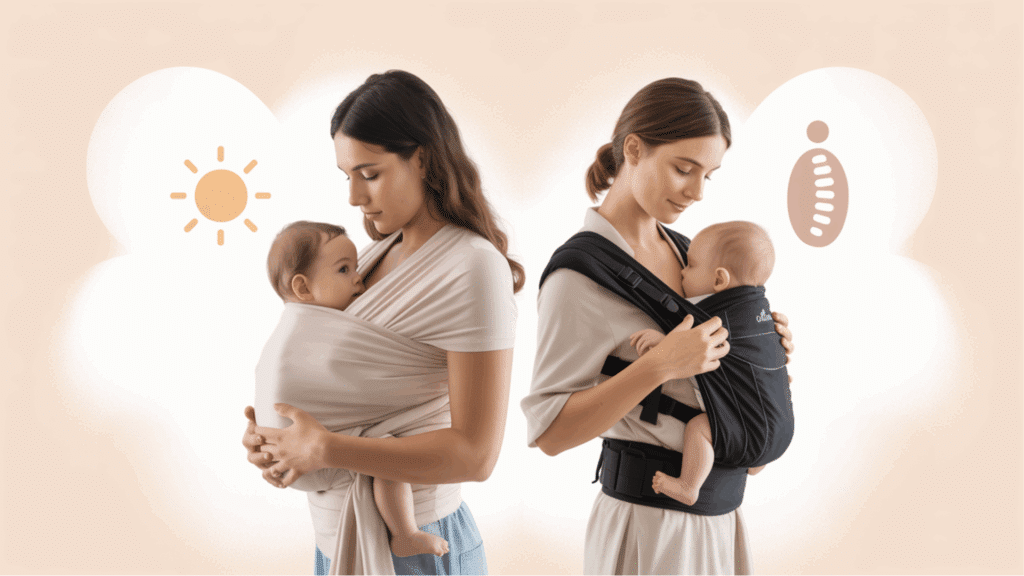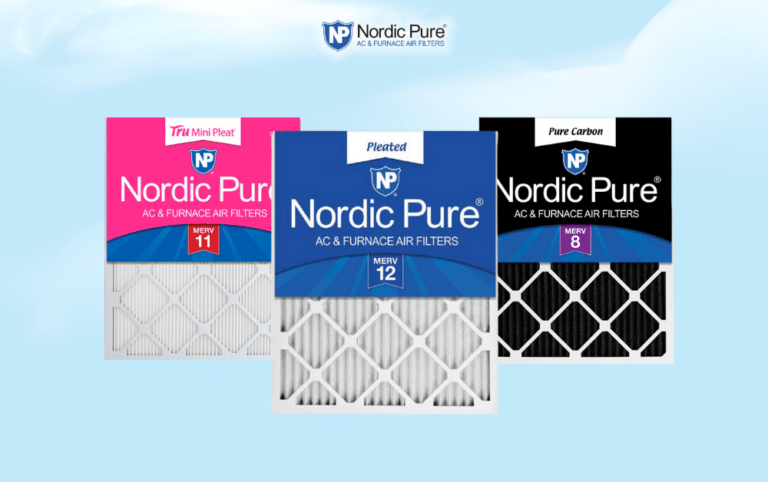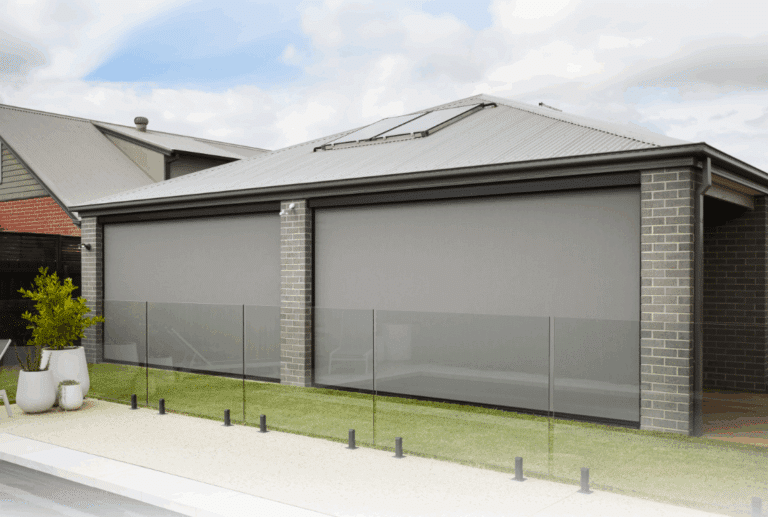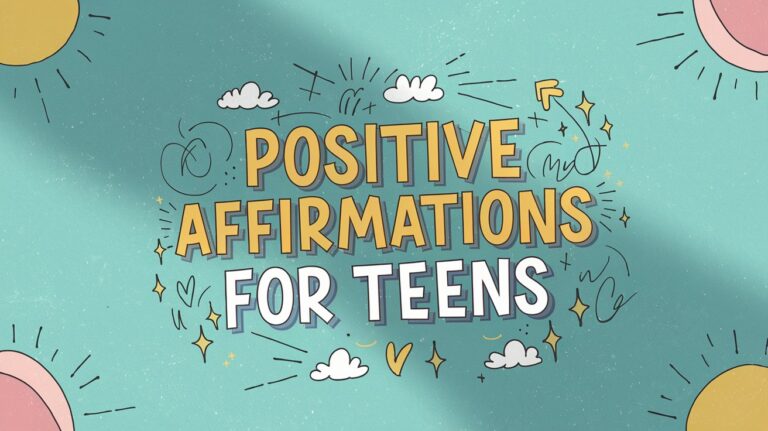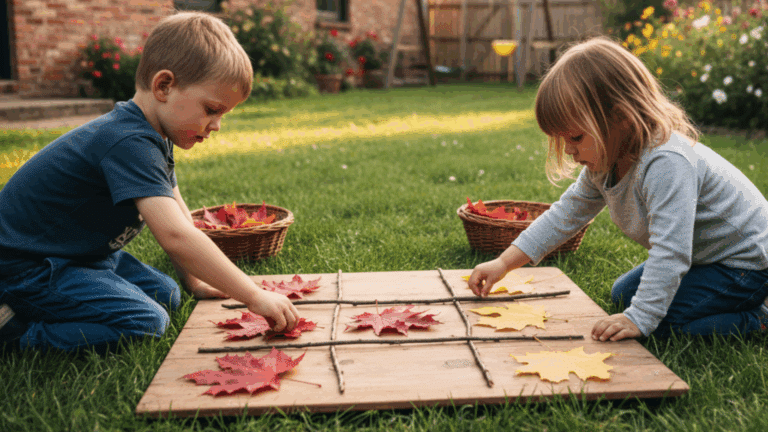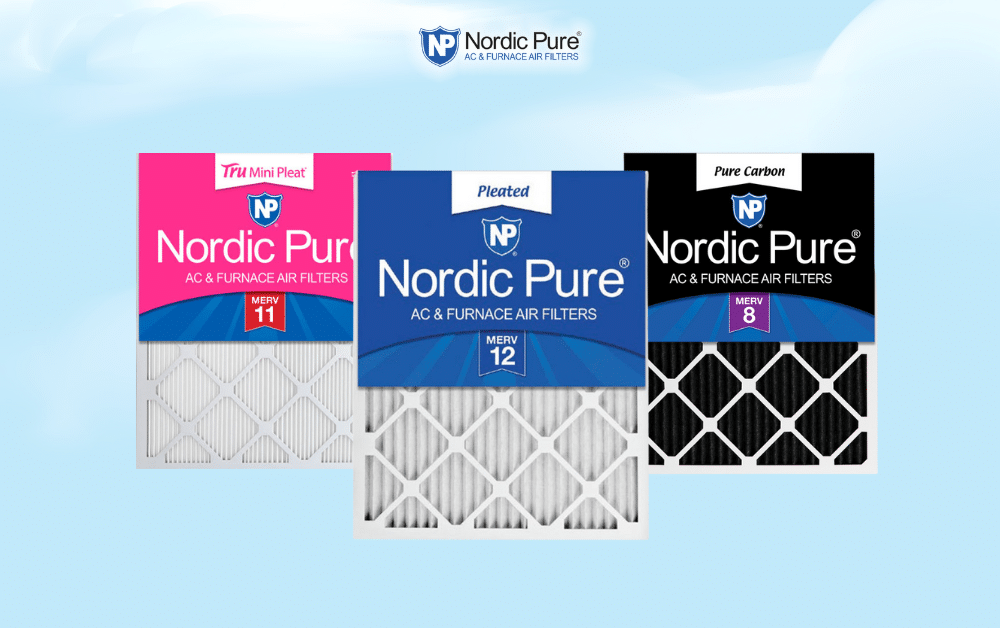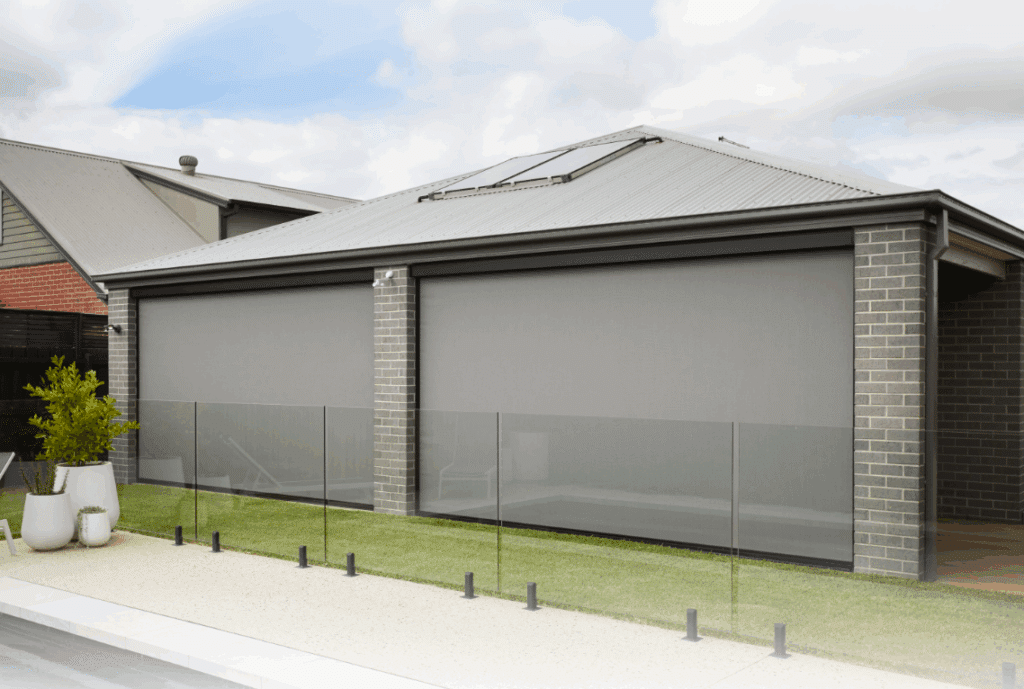Bringing a new baby home comes with countless decisions, and how you’ll carry your little one is a big one! Baby wraps and carriers both offer hands-free snuggling, but they’re quite different in design and function.
As a mom who’s tried everything from fancy structured carriers to simple fabric wraps, I’ve seen firsthand how the right choice can make daily life so much easier.
Whether you’re cooking dinner, walking the dog, or just need some cuddle time without sacrificing your arm strength, the perfect baby-wearing solution is out there.
In this guide, we’ll explain the pros and cons of baby wrap vs carrier in simple terms so you can decide what works best for you and your baby’s unique needs.
Key Differences Between Baby Wrap Vs Carrier
Baby wrap vs carrier, each has pros and cons that can greatly affect your daily routine. Looking at how they stack up side by side helps make the choice much clearer for your family’s needs.
| Feature | Baby Wrap | Baby Carrier |
|---|---|---|
| Design | A long piece of stretchy fabric that you tie around yourself | Ready-made with buckles, straps, and padding |
| Learning Curve | Takes practice to tie correctly | Easy to put on with simple clips or buckles |
| Comfort | Spread the baby’s weight across your whole body | Has padding for shoulders and waist support |
| Age Range | Best for newborns and small babies (0-12 months) | Many work from newborn to toddler (0-3 years) |
| Price | Usually $30-$60 | Usually $80-$200 |
| Washing | Easy to toss in the washing machine | Some parts may need spot cleaning |
| Storage | Folds small to fit in a diaper bag | Bulkier to pack and carry |
| Body Positions | Front carry is only for most wraps | Front, hip, and back carry options |
| Fabric Feel | Soft and stretchy against the baby’s skin | More structured with less direct skin contact |
| Weather | It can be hot in warm weather | Some have mesh panels for airflow |
Think about what matters most to you – ease of use, comfort, price, or how long you can use it. Many parents end up with both options as their baby grows and their needs change over time.
Benefits and Drawbacks of Baby Wraps and Carriers
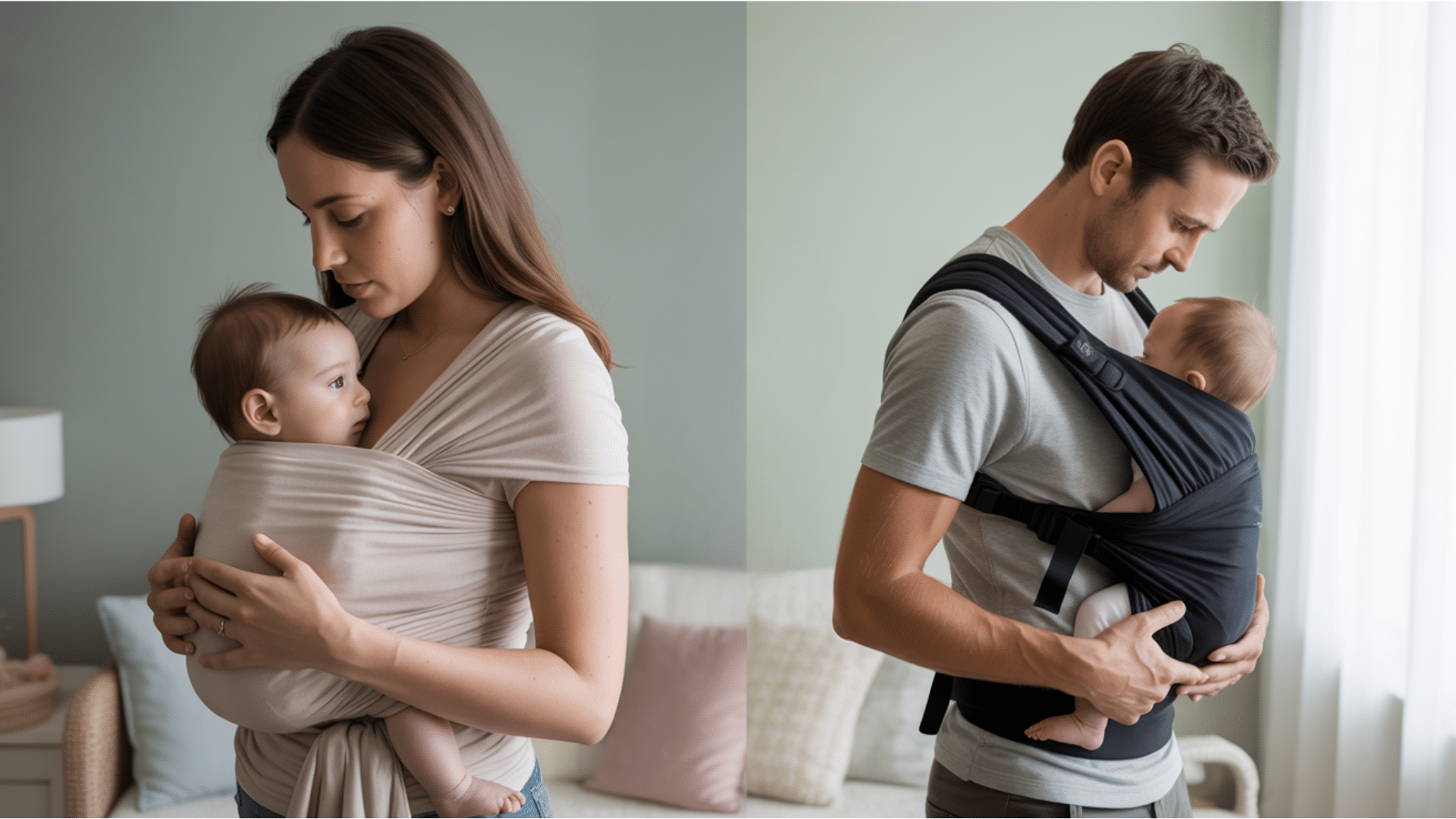
Choosing between baby wrap vs carrier can feel tricky when you see all the options at the store. Let’s look at what makes each one special and what might not work so well for you and your little one.
Baby Wraps
Baby wraps are long pieces of fabric that you tie around yourself and your baby. They create a snug, womb-like feel that many newborns love.
The soft fabric hugs your baby close to your chest, which often helps calm fussy babies and makes them feel secure.
Benefits About Baby Wraps: Wraps are usually cheaper than carriers, with most costing between $30-60. They’re also easy to clean – just toss them in the washing machine when they get dirty.
- Super Snuggly: Wraps keep babies close and cozy, which helps them feel safe.
- Great for Newborns: The soft fabric is gentle on tiny babies.
- Fits All Body Types: The long fabric can be tied to fit any parent’s shape.
Drawbacks About Baby Wraps: The biggest downside of wraps is the learning curve. It takes practice to get the tying technique right, and it can be frustrating at first.
- Gets Hot: All that fabric can make both of you sweaty.
- Not Great for Big Babies: Less support for heavier babies as they grow.
- One Position Mostly: Most wraps only work for front carries.
Baby Carriers
Baby carriers are more structured than wraps and usually have buckles, straps, and padded areas.
They’re designed to be quick to put on and take off, which many busy parents find helpful during errands or when dealing with a fussy baby.
Benefits About Baby Carriers: Carriers shine when it comes to support and ease of use. The padded straps and waist belts help spread your baby’s weight, making them more comfortable for longer periods of carrying.
- Quick to Use: Buckles and clips make them fast to put on.
- Lasts Longer: Can hold babies from tiny to toddler age.
- More Positions: Carry on front, back, or hip as your baby grows.
Drawbacks About Baby Carriers: The main drawback of carriers is their price, with many quality options costing $100-200 or more. They’re also bulkier than wraps, taking up more space in your diaper bag.
- Less Cozy: Not as soft and snuggly as wraps, especially for newborns.
- Hard to Share: May not fit all caregivers without adjusting.
- Harder to Wash: Some parts can’t go in the washing machine.
Which One is Right for You?
Most parents find that their needs change as their baby grows. A wrap might be perfect for the newborn days when your baby is light and wants to be held close all the time.
As your baby grows bigger and heavier, a carrier with more structure might be better for your back and shoulders.
Think about your daily life when choosing. If you’re often in a hurry, a carrier might work better. If you spend lots of time at home and want that skin-to-skin contact, a wrap could be ideal.
Many families end up with both options to use in different situations.
Age-Appropriate Babywearing: From Newborn to Toddler
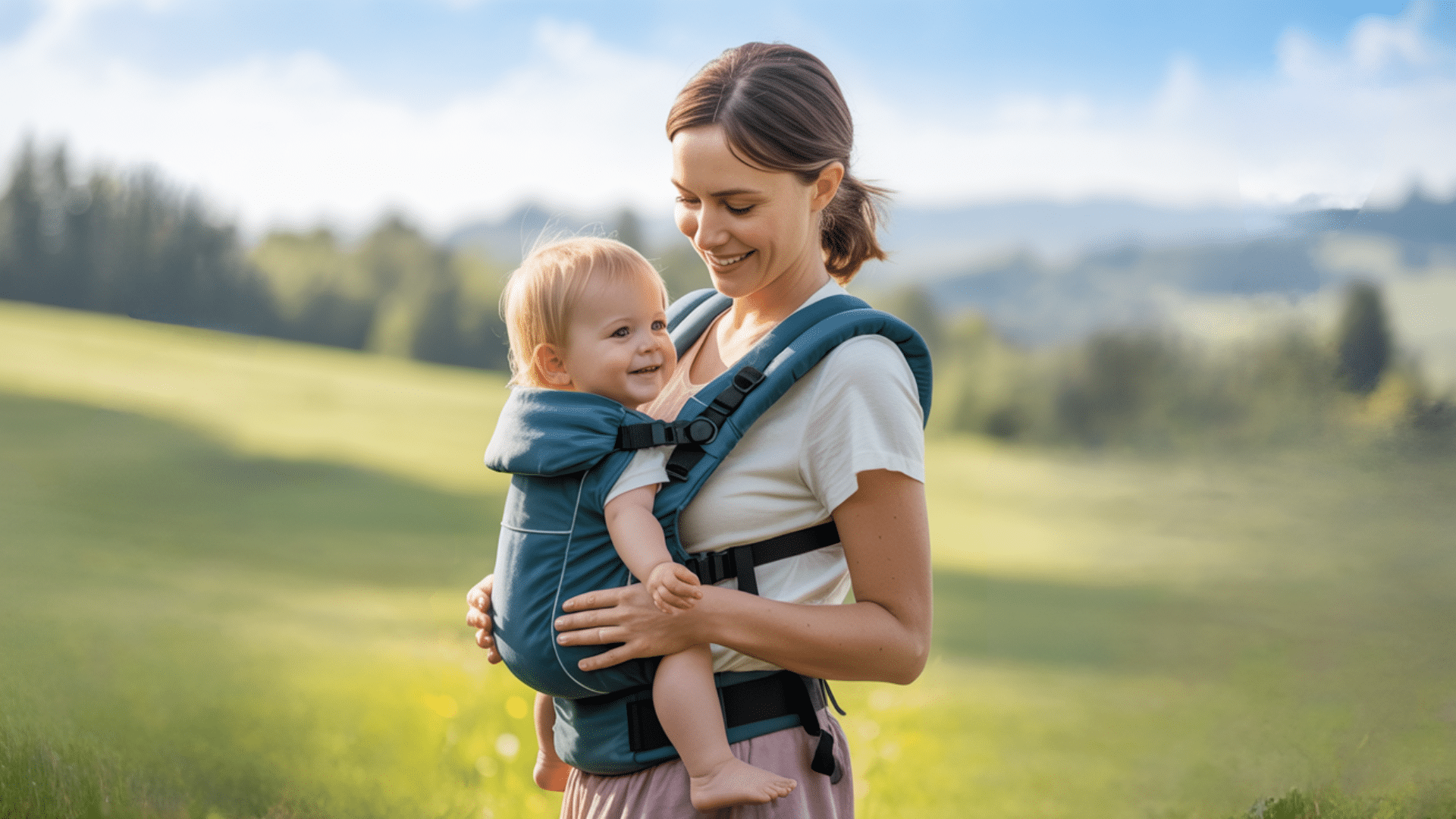
Carrying your baby changes as they grow from a tiny newborn to an active toddler. Each age has different needs for safety, comfort, and support.
Here’s how to pick the right baby wrap vs carrier as your little one grows.
1. Newborn Stage (0-3 months)
Newborns need special care when being carried. Their necks are weak, and they can’t hold their heads up yet.
- Wraps: The stretchy fabric hugs your baby like a second skin
- Ring slings: Great for keeping baby high and tight against your chest
- Soft-structured carriers with infant inserts: These give extra neck support
Your newborn should be in a “frog leg” position with knees higher than their bottom. Their back should have a natural C-curve, not forced straight.
Always keep their face visible and chin off their chest. The best carry position for this age is on your front, facing in. This helps them feel your heartbeat and keeps them close for bonding.
2. Infant Stage (4-8 months)
At this stage, babies gain more head and neck control but still need good support.
- Woven wraps: Stronger than stretchy wraps for growing babies
- Mei tai carriers: Halfway between a wrap and a structured carrier
- Soft structured carriers: Can now often be used without the infant insert
Your baby should still have good knee-to-knee support with their bottom lower than their knees.
As they grow, you can begin to carry them a bit lower on your body, but they should be high enough to kiss the top of their head. Front carries work best, but some babies enjoy hip carries as they get more curious about the world.
3. Baby Stage (9-14 months)
Babies at this age are more active and often heavier. They want to see more of the world around them.
- Soft structured carriers: The padding helps with their growing weight
- Woven wraps: Offers many carry options as the baby gets more active
- Buckle carriers with wider seats: Give good support for longer periods
You can now try back carries if your baby has very strong sitting skills. This position can feel more comfortable for longer walks as your baby gets heavier.
Some babies like facing outward in front carries at this age, but limit this to 15-20 minutes at a time to avoid overstimulation.
4. Toddler Stage (15+ months)
Toddlers who want to walk by themselves may still need to be carried when tired or for longer trips.
What Works Best:
- Toddler-sized carriers: Have wider and taller back panels
- Woven wraps in larger sizes: For bigger kids who still enjoy being wrapped
- Buckle carriers with higher weight limits: Some go up to 45+ pounds
At this age, back carriers often work best as toddlers get heavy. The “piggyback” position puts less strain on your body.
Quick up-and-down options are useful as toddlers often want to walk, then be carried, then walk again. Look for carriers that are easy to take on and off.
Comfort and Safety: Essential Considerations for Baby and Parent
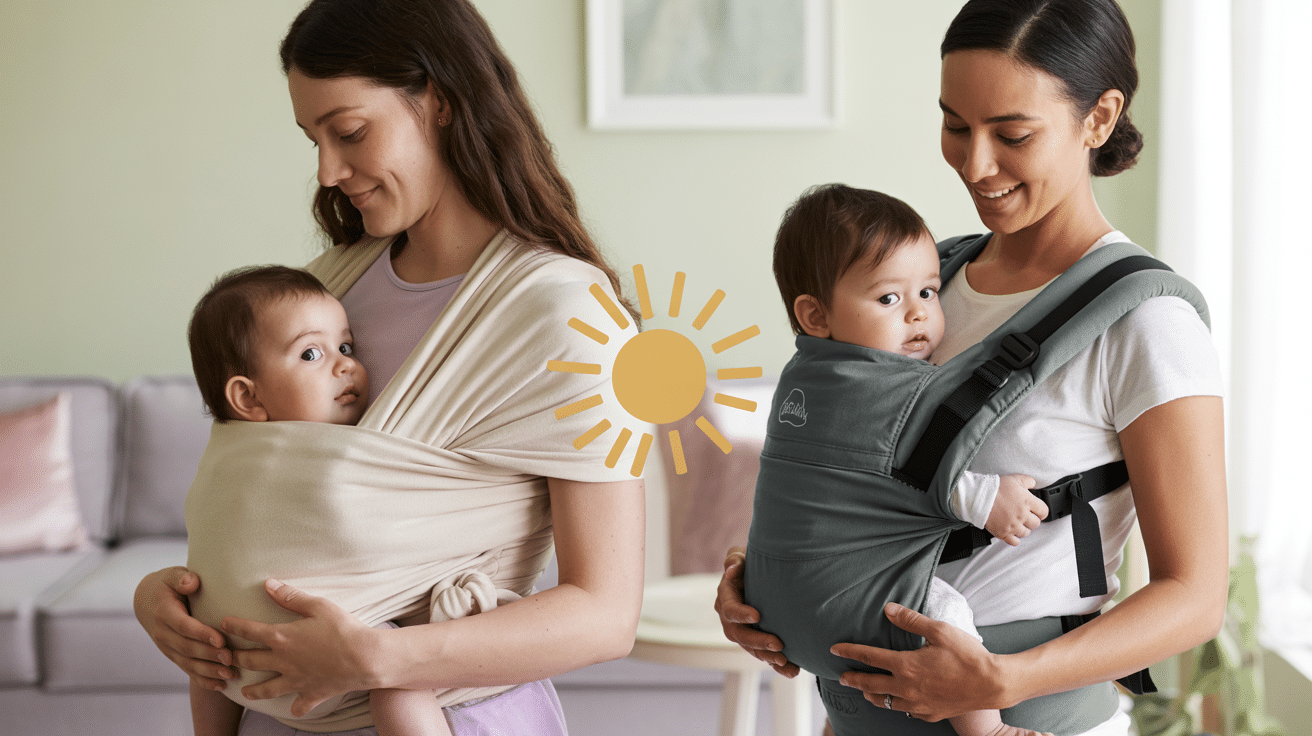
A well-designed carrier creates a cozy environment where your baby feels secure while giving you the freedom to move with confidence.
When choosing baby wrap vs carrier, focus on these key points for safety and comfort:
- Safe Positioning: Keep baby’s airway clear, chin off chest, and legs in an “M” shape with knees higher than bottom.
- Right Support for Baby: Choose carriers that support baby’s neck, back, and hips properly for their age.
- Parent Comfort Features: Look for wide, padded straps and waist belts that spread weight evenly across your shoulders and hips to prevent back pain.
- Proper Fit Checks: No slipping or sagging. Baby should be snug against your body without gaps. Straps and buckles should be secure but not too tight on either of you.
- Weather and Material Considerations: Choose breathable fabrics for hot weather and adjust layers for temperature.
Stop using any carrier that causes pain for you or seems uncomfortable for your baby. The right carrier will feel good for both of you and make baby-wearing a joy rather than a chore.
Choosing the Right Fabric and Style for Your Baby
Choosing the right fabric and style for your baby wrap vs carrier is key to keeping both you and your baby comfortable and safe.
Start by picking a fabric that suits your climate. Cotton is soft, breathable, and easy to clean, making it great for most weather. For warmer climates, mesh or linen fabrics allow better airflow to keep you cool. In colder weather, wool or fleece blends add extra warmth.
Consider the type of fabric:
- Stretchy cotton blends are ideal for newborns because they fit snugly and are easy to tie.
- Woven wraps made of cotton, hemp, or bamboo offer stronger support for older babies and toddlers.
Care and durability matter too. Choose machine-washable fabrics for easy cleaning. Thicker fabrics last longer but may feel stiff at first, while thinner fabrics are lighter but can stretch out faster.
When it comes to style:
- Soft-structured carriers are quick to use and good for longer wear.
- Wraps provide a close fit but need practice to tie properly.
- Ring slings work well for short carries but offer less support over time.
Always check that your carrier supports your baby’s hips in an “M” shape and keeps their airways clear. Padded straps and adjustable fits help keep you comfortable during use.
Picking the right fabric and style makes babywearing safe and enjoyable for both of you.
To Conclude
Baby wrap vs carrier as each shines in their own way.
Wraps hug your newborn with soft fabric that feels like a warm cuddle, while carriers offer strong support as your little one grows heavier. The best choice often changes with your baby’s age and your daily needs.
Safety comes first; always check your baby’s position and breathing. Your comfort matters too; if your back hurts, try a different option.
In the end, the right baby-wearing option is simply the one that keeps both you and your baby happy.
When you find that perfect match, you’ll enjoy those close snuggles while still having your hands free for everything else life throws your way!


